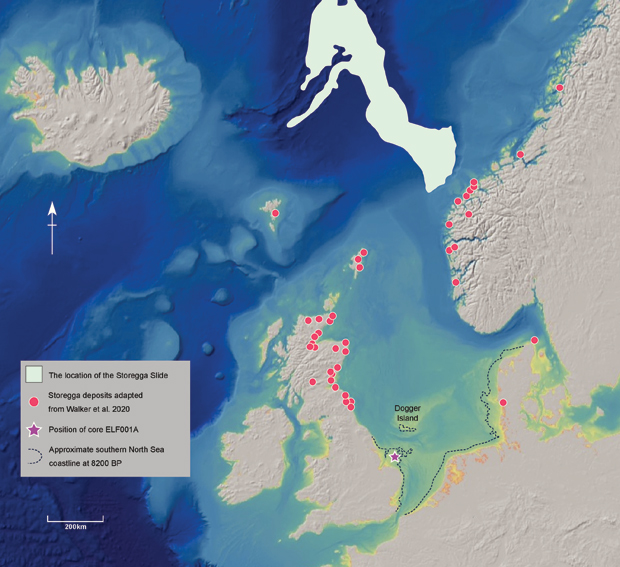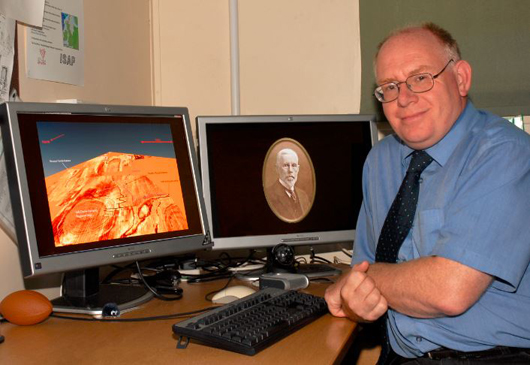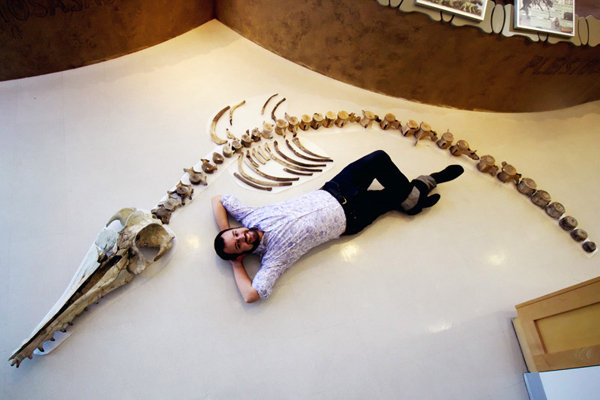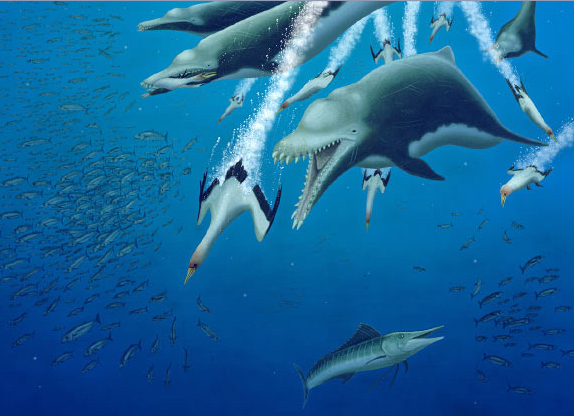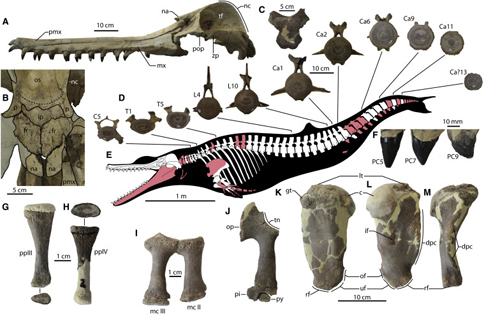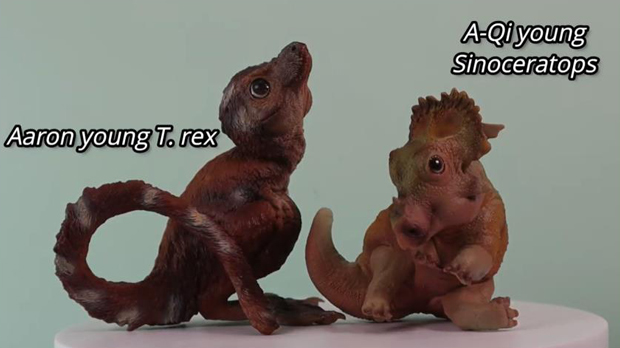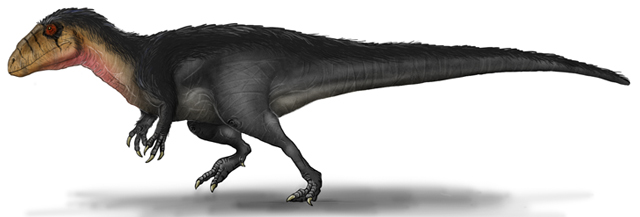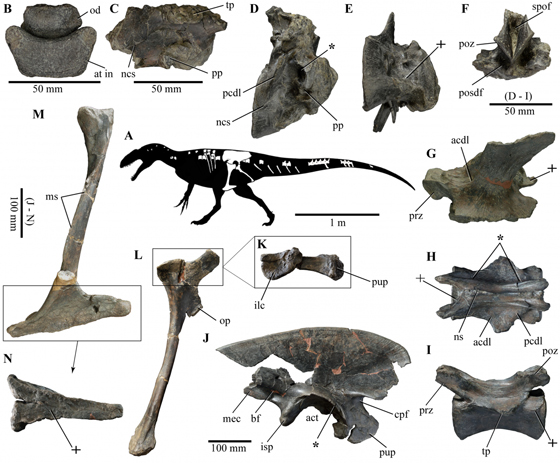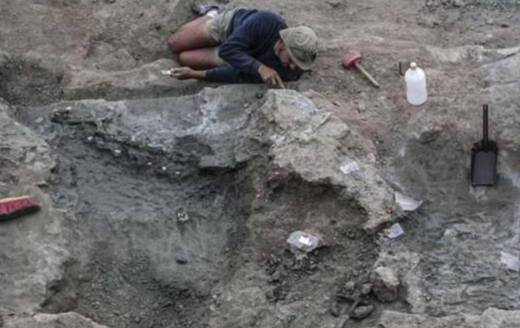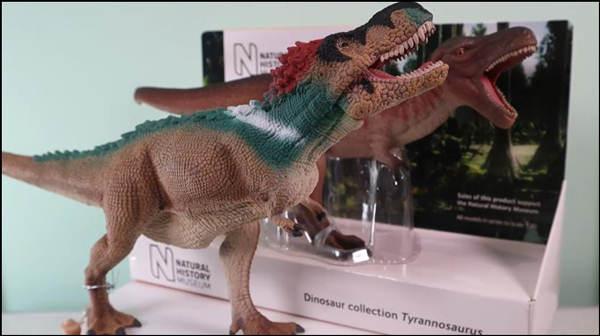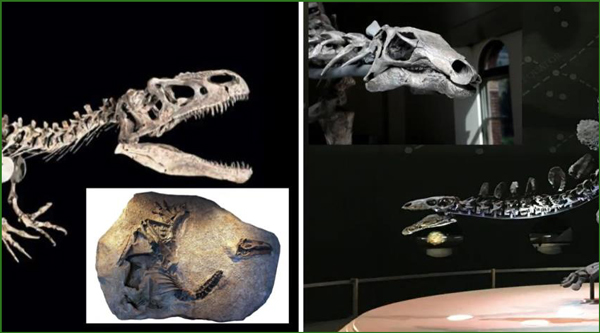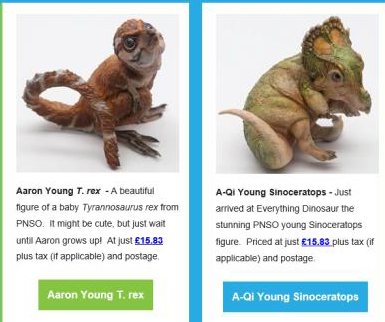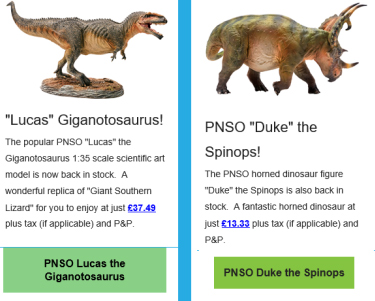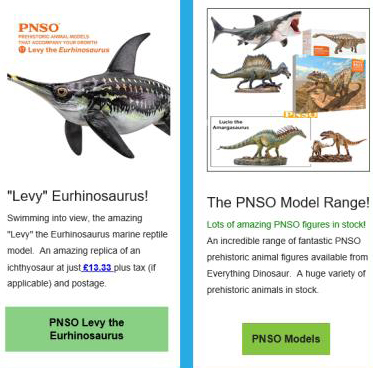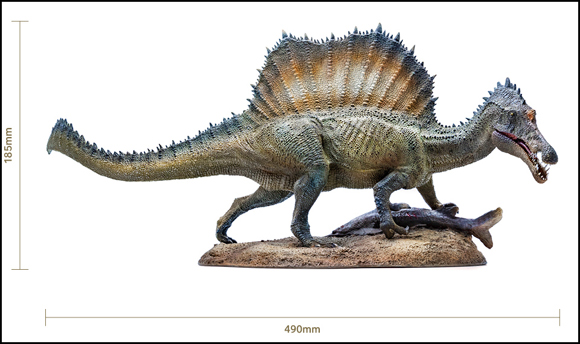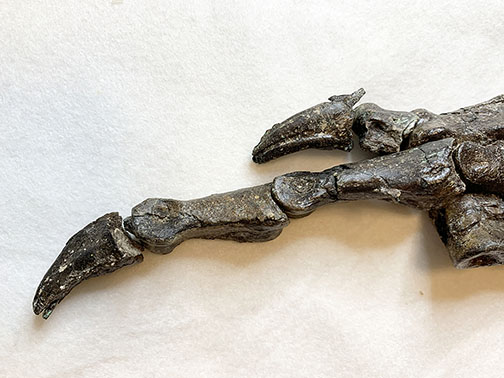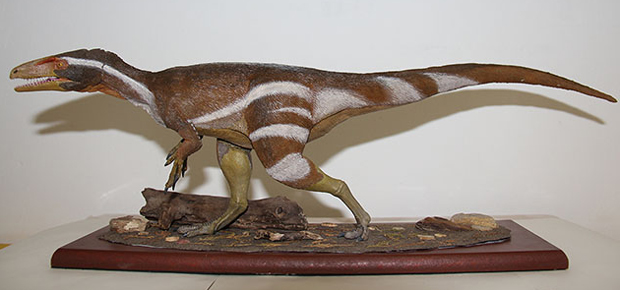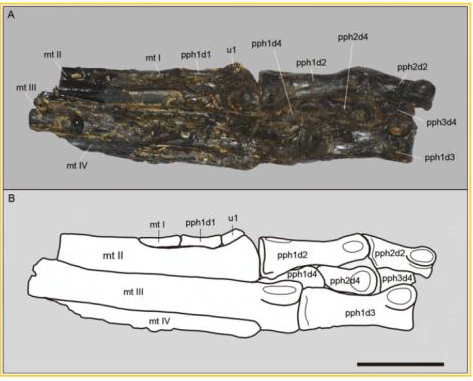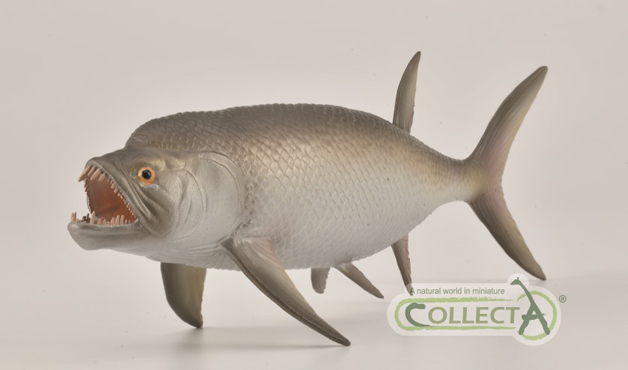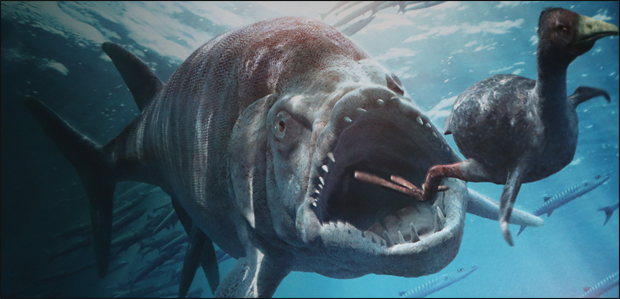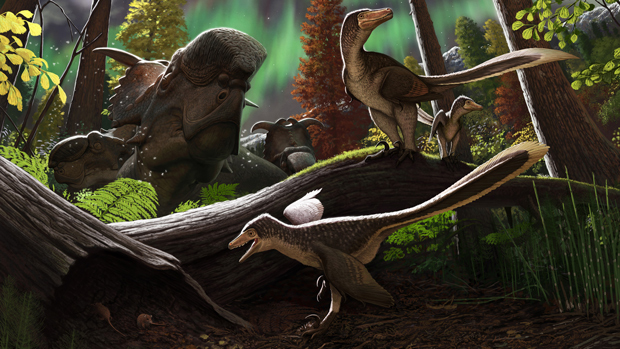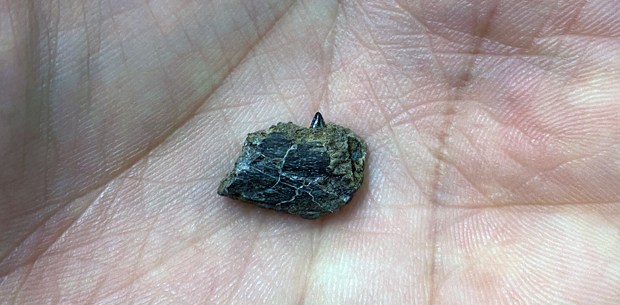Schleitheimia Fills a Sauropod-sized Gap in Dinosaur Evolution
Schleitheimia schutzi – Oldest Known Transitional Sauropodomorph
The biggest dinosaurs of all were the sauropods. Famous giants such as Diplodocus and Brachiosaurus, exhibits of which adorn numerous main galleries of natural history museums around the world. However, how these giant quadrupeds evolved from their much smaller sauropodomorph ancestors is poorly understood. A team of scientists from Munich, Utrecht and Zürich have been able to identify a new ancestor of the long-necked dinosaurs (true Sauropoda), from strata in the Swiss Canton of Schaffhausen. The dinosaur named Schleitheimia schutzi is the oldest transitional form between the Sauropodomorpha and the Sauropoda described to date.
A Life Reconstruction of Schleitheimia schutzi
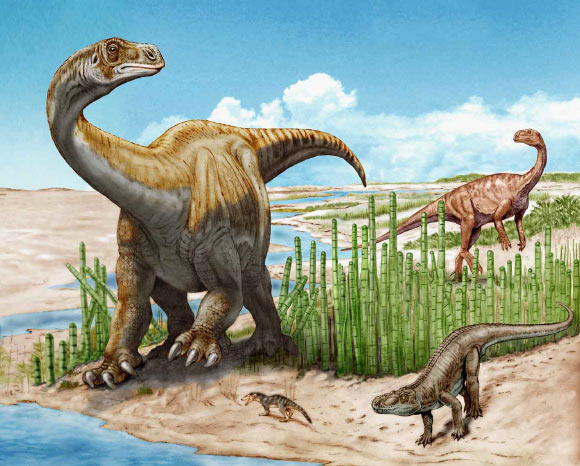
Picture credit: Beat Scheffold (Naturforschende Gesellschaft Schaffhausen)
Hidden Amongst the Substantial Plateosaurus Remains
Although there are several substantial bonebeds in Switzerland that represent the Plateosaurus genus, (a sauropodomorph) and our knowledge regarding the global distribution of this group has certainly improved over the last five years or so, the diversity of the Sauropodomorpha and its composition remains controversial.
The researchers which include Professor Oliver Rauhut from the Bayerische Staatssammlung für Paläontologie und Geologie, (Munich), Femke Holwerda currently at the Royal Tyrrell Museum (Alberta, Canada) and Heinz Furrer from Zürich University re-examined a series of fragmentary fossils recovered from three different locations associated with Plateosaurus bonebeds. They concluded that the material represents the remains of two different, very big and robust sauropodomorphs. One of these is described as a new taxon – Schleitheimia schutzi.
A Partial Femur Assigned to Schleitheimia schutzi
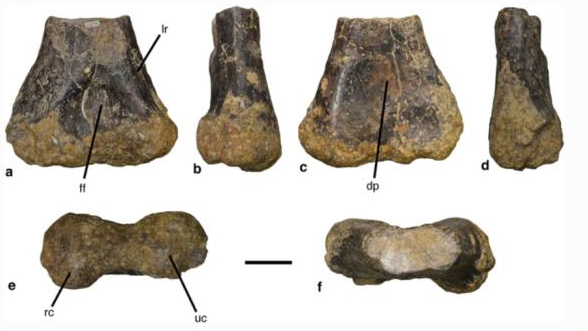
Picture credit: Rauhut et al (Swiss Journal of Geosciences)
The fossils had been thought to represent large examples of Plateosaurus. Some of the material had been collected decades ago and given the huge size of the bonebeds and their monodominant nature little further thought had been given to the over-sized bones associated with the sites.
Identifying Schleitheimia schutzi
Professor Rauhut explained:
“Although Schleitheimia schutzi probably looked quite similar to Plateosaurus, this dinosaur with an estimated 9 to 10 metres body length is already significantly larger than the latter. The new species [S. schutzi] was apparently very robust and like its gigantic descendants, probably moved on all fours, while Plateosaurus mostly walked on its hind legs.”
The genus name honours the type locality at Schleitheim, Canton Schaffhausen, Switzerland, whilst the species name honours Emil Schutz (1916-1974) who collected the type material.
Special in Two Ways
Schleitheimia roamed central Europe around 210 million years ago (late Norian faunal stage of the Triassic). This makes Schleitheimia a lot older than other known transitional types of dinosaur between sauropodomorphs and sauropods. Secondly, it is the first transitional form known from the continent of Europe. Phylogenetic assessment suggests that this dinosaur is a derived basal sauropodiform and possibly very close to the evolutionary line that led to the Sauropoda. Its discovery highlights the diversity of sauropodomorphs in the Late Triassic and suggests that many types of sauropodomorph survived the end-Triassic extinction event and flourished in the early Jurassic.
Views of a Cervical Vertebra (Schleitheimia schutzi)
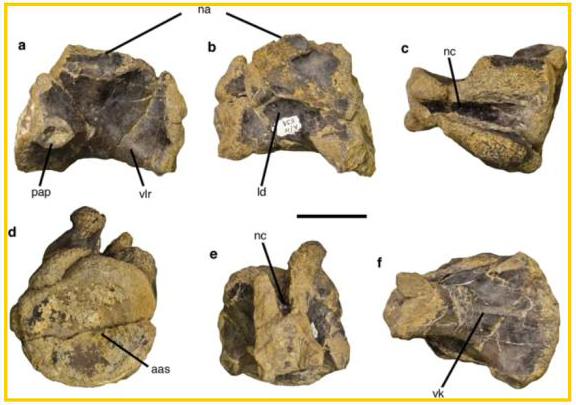
Picture credit: Rauhut et al (Swiss Journal of Geosciences)
The scientific paper: “A derived sauropodiform dinosaur and other sauropodomorph material from the Late Triassic of Canton Schaffhausen, Switzerland” by Oliver W. M. Rauhut, Femke M. Holwerda and Heinz Furrer published in the Swiss Journal of Geosciences.
The Everything Dinosaur website: Everything Dinosaur.


